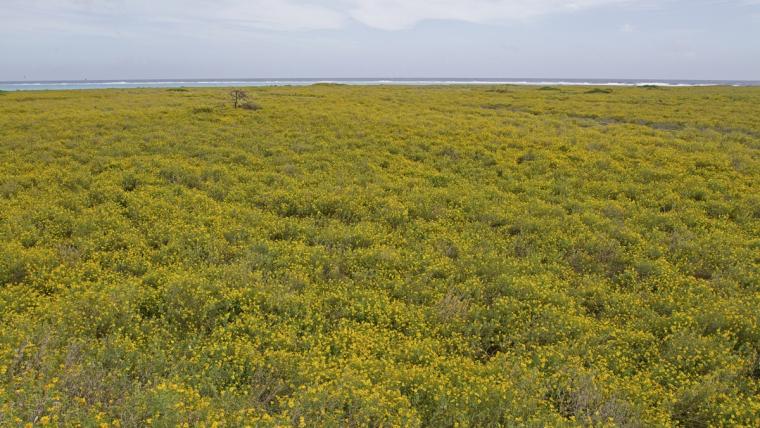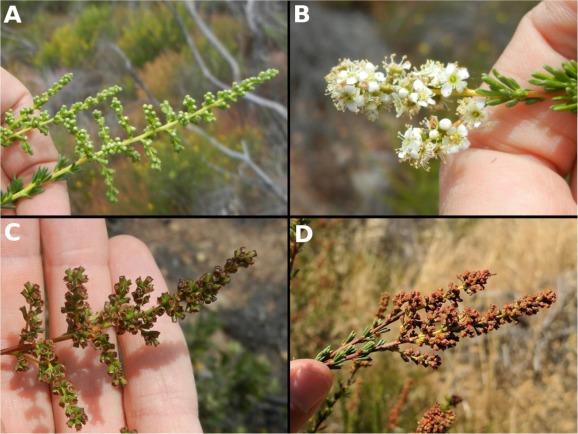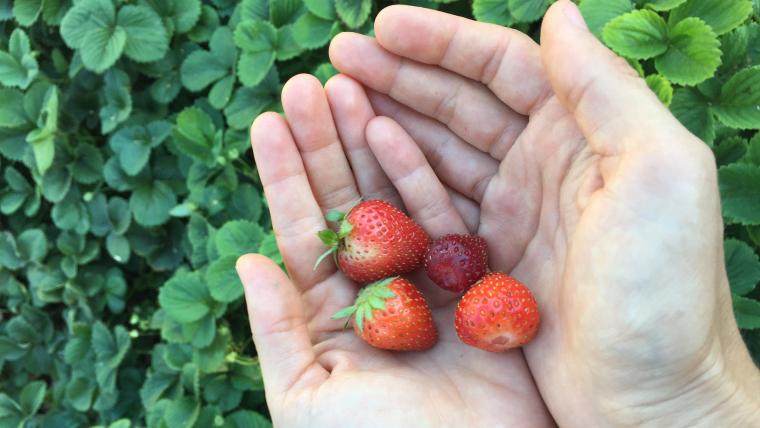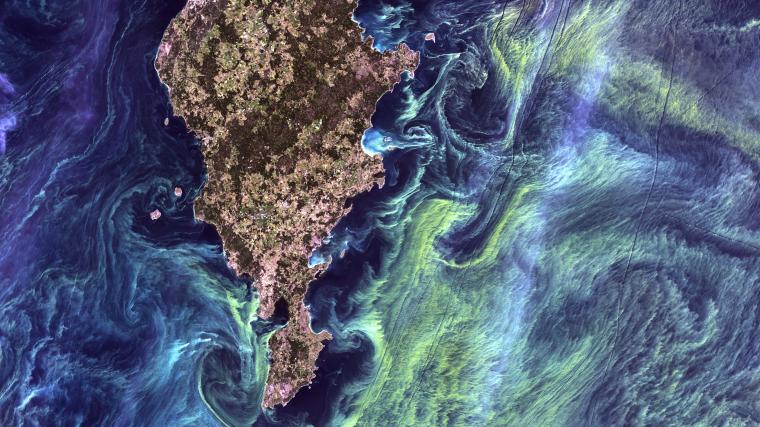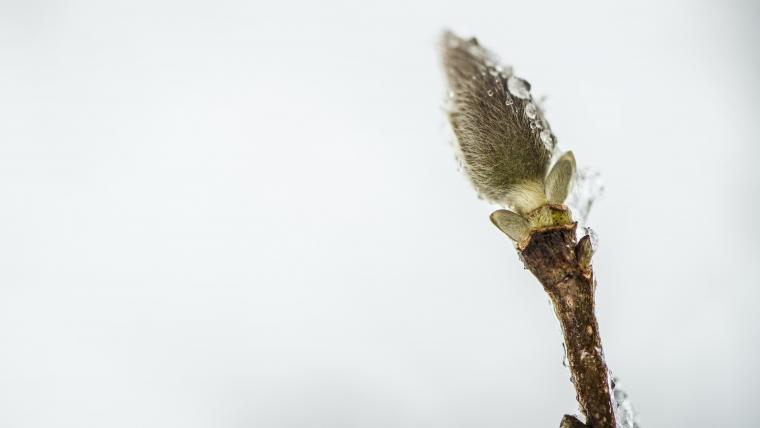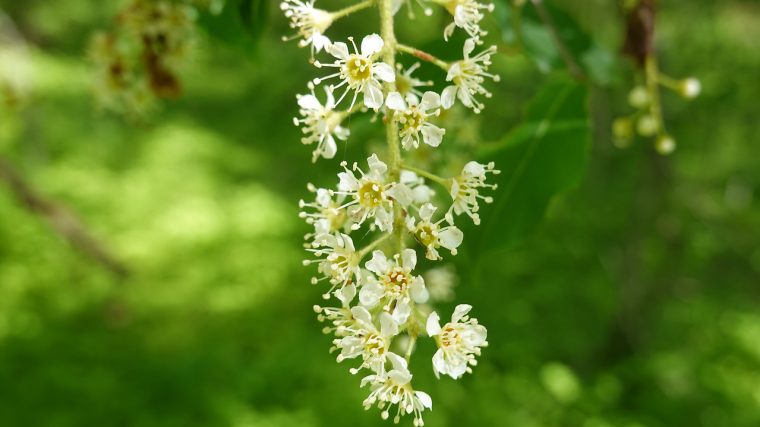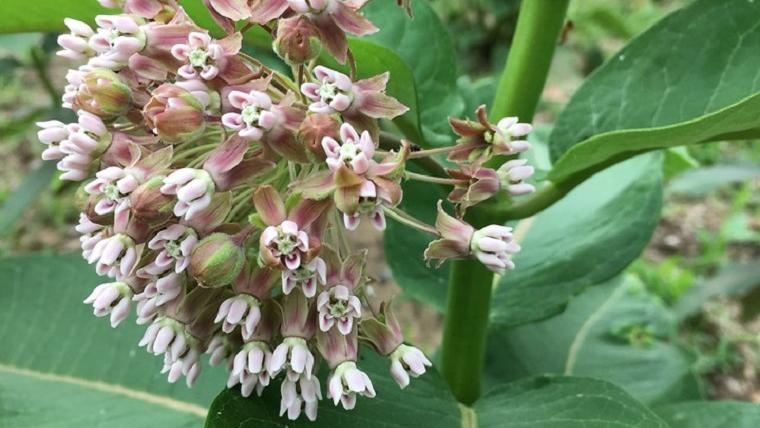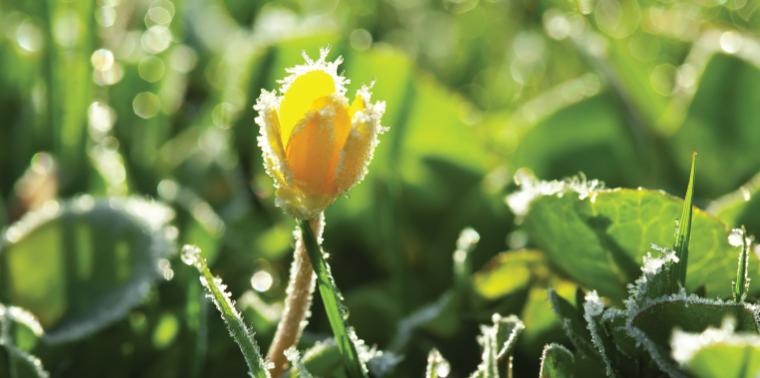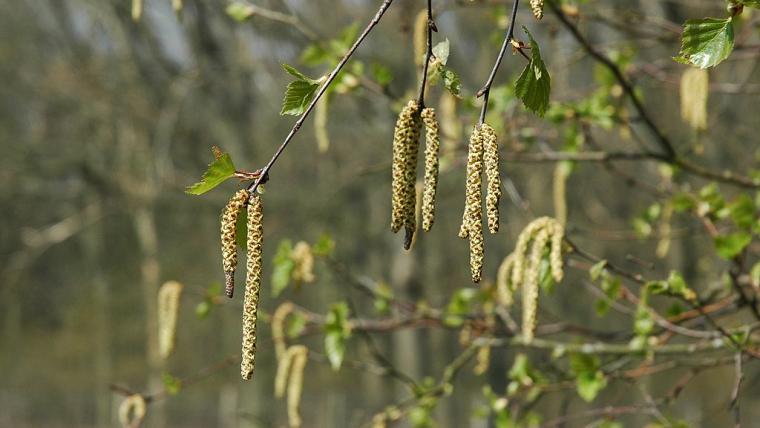
Early spring brings higher numbers of asthma-related hospital admissions
Thu, Jul 30, 2020
To see whether the timing of spring onset is associated with rates of asthma-related hospital admissions, a team of researchers looked at hospitalization data, the timing of spring as measured by satellite data, and pollen monitoring data to determine the length of pollen season. They found that early spring was associated with a 17% increase in hospital admissions for asthma, while a late start of spring was associated with a 7% decrease. Researchers can use information about the timing of spring season to anticipate the severity and timing of allergy season, providing personalized early warning systems that may reduce asthma hospitalizations.
